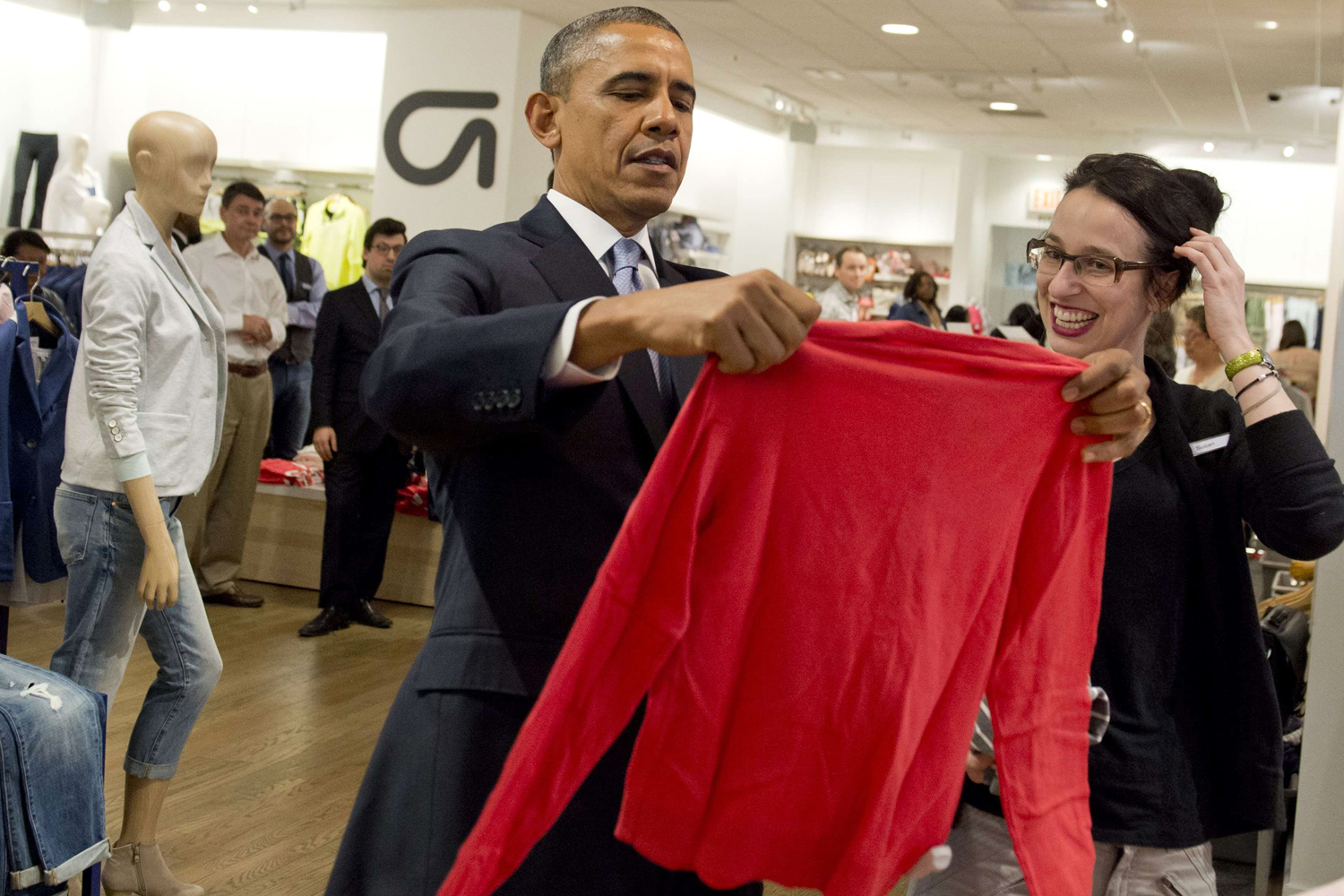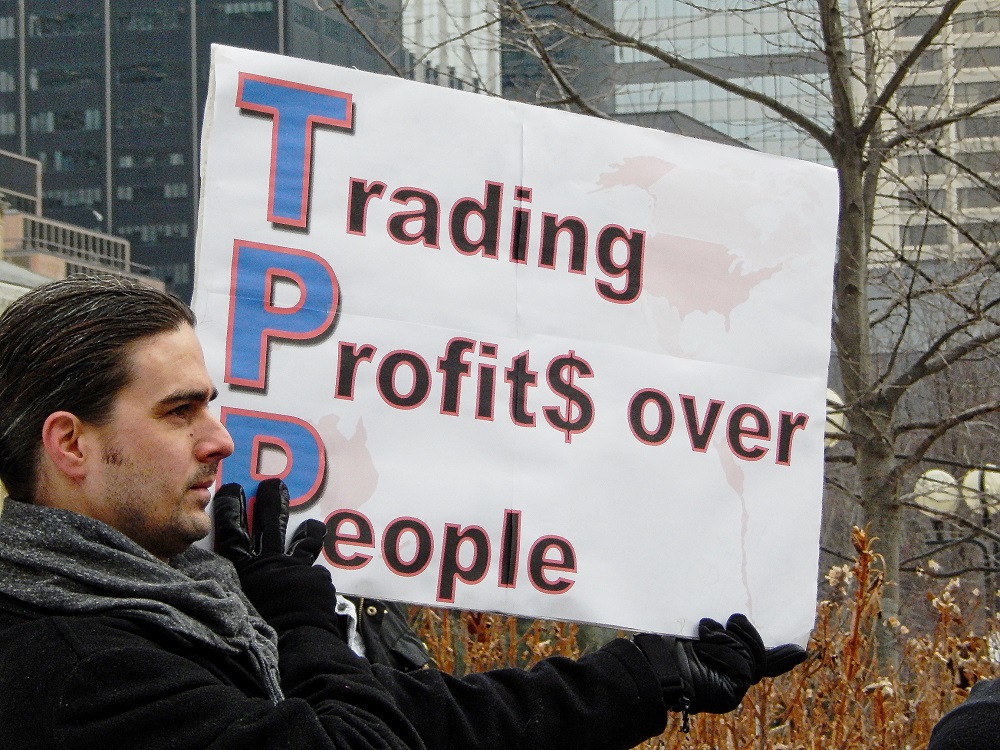
‘Made in USA’ in danger

Big companies like Nike, Gap have been strongly supporting the TPP along with industry groups like the US Retail Federation and the US Fashion Industry Association, which formed the TPP Apparel Coalition since they can source their product requirements at a much cheaper rate.
However, local manufacturers are of the opinion that the demand for ‘Made in USA’ would decline further leading to factory closures and job losses. Employment fell by 80 per cent from 1990 to 2010, according to the US Labour Department. Manufacturers having their base in the LA-area haven’t fared well. From 2002 to 2012, almost 60 per cent of job losses were reported in California, according to the Los Angeles County Economic Development Corporation.
In a report last year, the non-partisan Congressional Research Service warned the TPP could increase competition for western manufactures and reduce demand for US textile exports because Asian apparel producers would be able to export clothing to the United States duty-free.
Possible impact of TPP on US manufacturing
According to Sheng Lu, Department of Fashion & Apparel Studies, University of Delaware, some of the several results of potential impact of TPP on US textile and apparel manufacturing, compared to 2011 include: overall negative impact on US domestic textile and apparel manufacturing. In all simulated scenarios, the annual manufacturing output in the United States will decline.
The ‘yarn-forward’ rule may not substantially benefit US domestic textile and apparel manufacturing as some people had suggested, for two reasons: First, results show that Vietnam is more likely to use Japanese textiles than US textiles when yarn-forward rule is in place; second, US apparel imports from Vietnam directly compete with those imported from NAFTA and CAFTA regions, the largest export market for US-made yarns and fabrics. When NAFTA and CAFTA’s market share in the US apparel import market is taken away by Vietnam, US textile exports to NAFTA and CAFTA will decline anyway, regardless of whether Vietnam uses US-made textiles.
The results suggest that compared with ‘yarn-forward’ rule, development of Vietnam’s local textile industry will have even larger impact on the future of US domestic textile and apparel manufacturing. Particularly, when Vietnam becomes more capable of creating textile inputs on its own, not only Vietnam’s overall demand for imported textiles will decline, but also apparel exports will become even more price-competitive in the US as well as the world.
Ustr.gov












